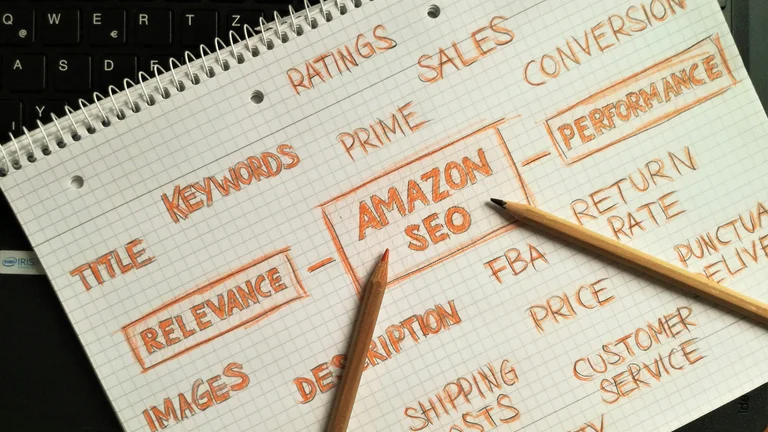Understanding Pricing Strategies

Pricing strategies play a pivotal role in determining the success of many businesses. They help in aligning product or service prices with market demand and customer expectations. Companies often use a variety of strategies to decide on the right pricing model.
The main objective behind pricing strategy is to maximize profits while remaining competitive in the market. Understanding customer needs is crucial. This can enable businesses to set prices that customers perceive as fair, encouraging sales.
Cost-Plus Pricing
Cost-plus pricing is one of the simplest methods. It involves calculating the total cost of producing a product or service and then adding a markup for profit. This approach provides a straightforward way to ensure all costs are covered, but it doesn't consider market conditions.
To implement cost-plus pricing, you first calculate the total cost which includes direct costs like materials or labor, and indirect costs such as overhead. After determining that total cost, a percentage markup is added. For example, if a product costs $50 to produce and the company desires a 20% markup, the selling price would be $60.
Value-Based Pricing
Value-based pricing sets prices based on the perceived value to the customer rather than solely on the cost of the product. This technique emphasizes the benefits customers receive and their willingness to pay for those benefits. It often requires deeper market research to understand customer perceptions.
Under this strategy, businesses may charge more for products that offer unique features or benefits. For instance, a software company might charge a premium price for a tool that saves users time and enhances productivity. The focus is on how much the consumer values the benefits, not just the production costs.
Dynamic Pricing
Dynamic pricing involves adjusting prices in real-time based on market demand and other external factors. This strategy is common in industries such as airline ticketing, hospitality, and ride-sharing services. Companies gather data on customer behavior and market conditions to maximize revenue.
For instance, an airline may raise prices as seats fill up, or a ride-sharing service might increase rates during peak hours. The key is flexibility and using data analytics to respond quickly to changes in supply and demand.
Penetration and Skimming Pricing
Penetration pricing entails setting a low initial price to attract customers and gain market share quickly. Once the desired market position is achieved, the prices may increase. This strategy is common when entering competitive markets.
On the flip side, price skimming involves setting a high price initially and then gradually lowering it over time. This often happens with new technology products, where early adopters are willing to pay a premium before the price decreases for the broader market.
Both strategies require careful consideration to maintain brand perception while achieving business goals. Understanding the market and the competition is crucial during this process.
| Strategy Type | Description | Best Used For |
|---|---|---|
| Cost-Plus Pricing | Adds a fixed markup to the production cost. | Simple products with stable demand. |
| Value-Based Pricing | Based on perceived value to the customer. | Products with unique features. |
| Dynamic Pricing | Prices adjusted in real-time based on demand. | Industries like travel and events. |
| Penetration Pricing | Low initial price to gain market share. | New entries in competitive markets. |
| Skimming Pricing | High initial price that decreases over time. | Technical products targeting early adopters. |
FAQ - Pricing Strategies for Products and Services
What is cost-plus pricing?
Cost-plus pricing is a method where the price is set by adding a fixed percentage markup to the production cost.
How do value-based pricing and cost-plus pricing differ?
Value-based pricing focuses on the perceived value to the customer, while cost-plus pricing is based on production costs.
What is dynamic pricing?
Dynamic pricing adjusts prices based on current market demand and customer behavior, often in real-time.
What are penetration and skimming pricing strategies?
Penetration pricing sets initial low prices to capture market share, while skimming starts high and lowers prices over time.
Which pricing strategy is best for new products?
The best strategy depends on market conditions; penetration pricing can be effective for new products in competitive markets.
Pricing strategies for products and services include cost-plus, value-based, dynamic, penetration, and skimming pricing. Each strategy addresses different market conditions and customer perceptions, aiming to balance profitability with competitiveness.
Conclusão sobre Pricing Strategies for Products and Services.